An Unpaid Review of the Vitamix FoodCycler FC-50
Wondering if the FoodCycler FC-50 electronic composter is right for you? Read on for an unpaid review of the Vitamix FoodCycler from a self-proclaimed composting nerd. I’ve tested a bunch of different composting methods and love to chat about all things composting at home. Hopefully, I can help you figure out if the FoodCycler is right for you.
Looking for a better electric compost bin? I have another bin I like better than the FoodCycler. I’ve tried several electric kitchen bins, and this one is my favorite! Check it out.
Just want a quick answer to know if I think the FoodCycler is a good fit for you? Scroll straight to the bottom of the post for my quick summary about this particular machine. If you’re more curious about electric compost bins and electric kitchen bins generally, I’m not a huge fan. You can read more about why I feel that way in these posts:
- Electric compost kitchen bins: More glorified trash compactor than food waste silver bullet
- 6 Reasons NOT to Buy an Electric Kitchen Composter
- 9 Ways To Use Lomi Dirt… Or Not? (I’m Skeptical)
- 7+ Reasons Not To Get a Mill Kitchen Bin Subscription
I’m not here to decide if an electric compost bin is right for you. But hopefully, this information can help you make that decision for yourself.
Update: We had our FoodCycler for a little over a year and used it many times. But I have since given it away because I didn’t love it or find it the best use of space or the best method of composting for our family.
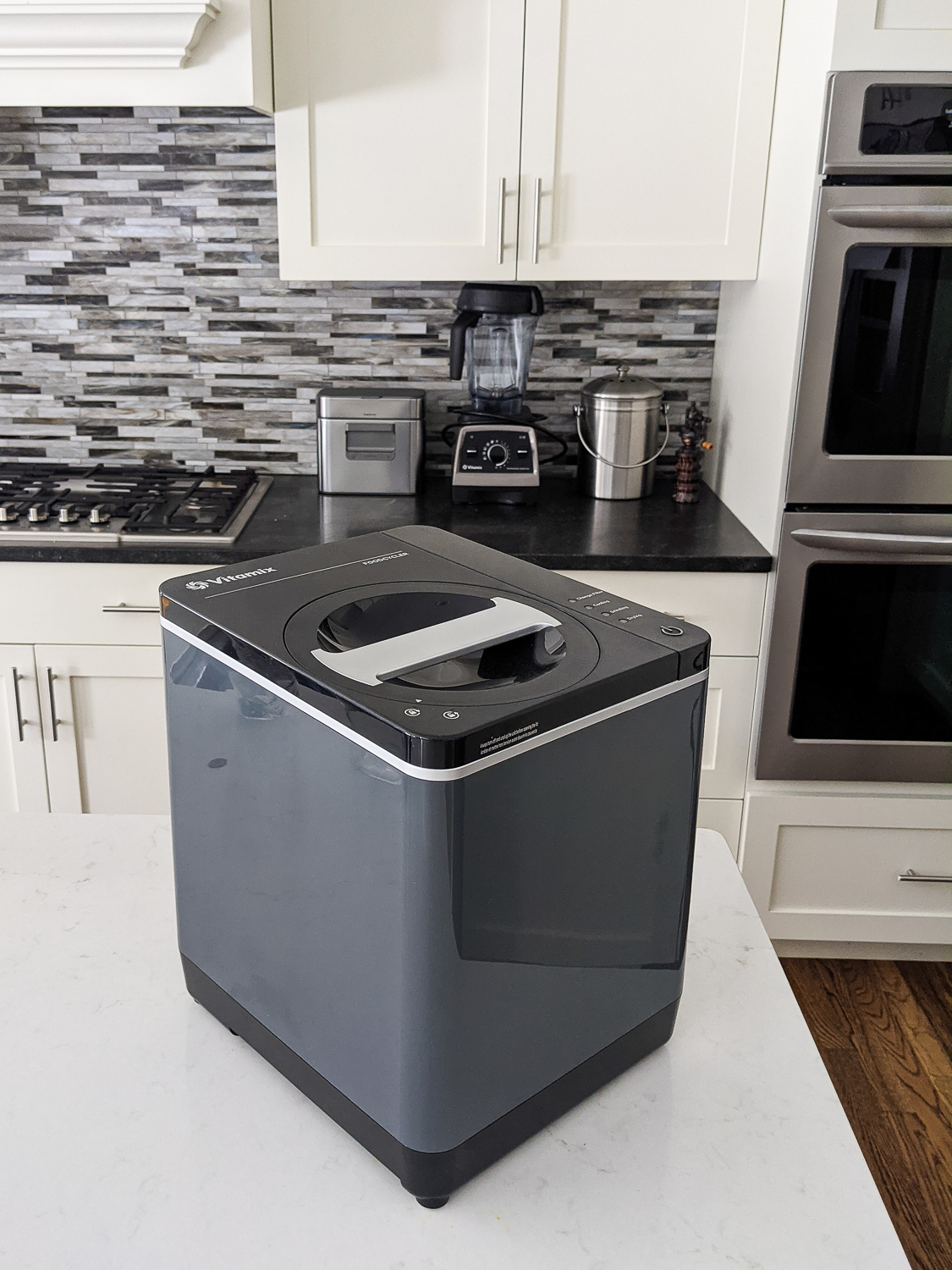
This post contains affiliate links. If you make a purchase, Honestly Modern earns a small commission that does not impact your purchase price. Thanks for supporting Honestly Modern.
Can you compost in an apartment or a condominium? How can you compost without any outdoor space?
As someone who writes and talks about composting a lot, I get some iteration of this question regularly. A quick Google search confirms there are tons of ways to compost indoors… in theory. But many ways to compost indoors are more complicated than a brief internet search implies. Today, let’s lay out the facts to assess if the FoodCycler FC-50 is your solution to indoor composting.
Detailed Review of the Vitamix FoodCycler
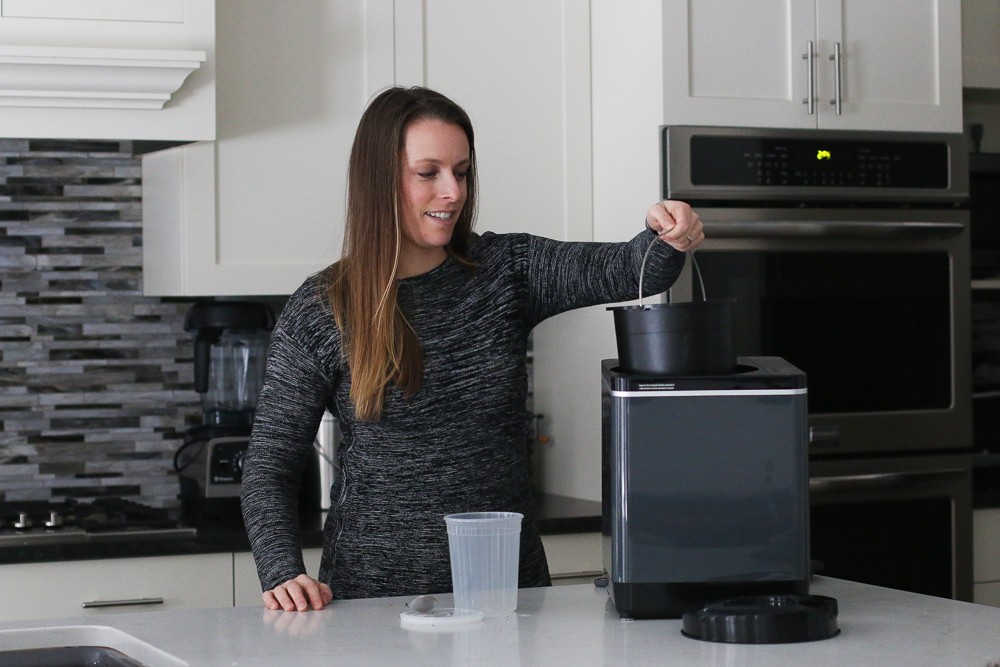
What Is The Vitamix FoodCycler FC-50?
The Vitamix FoodCycler FC-50 is an electronic composting appliance. It’s about the size of a toaster oven (12.6 x 11 x 14.2 inches according to the website where it is sold) and plugs into the wall. After filling the removable waste bucket with food scraps, the FoodCycler heats, dries, and grinds food scraps into a soil amendment that resembles a mixture of bread crumbs and dried spices, depending on what you process.
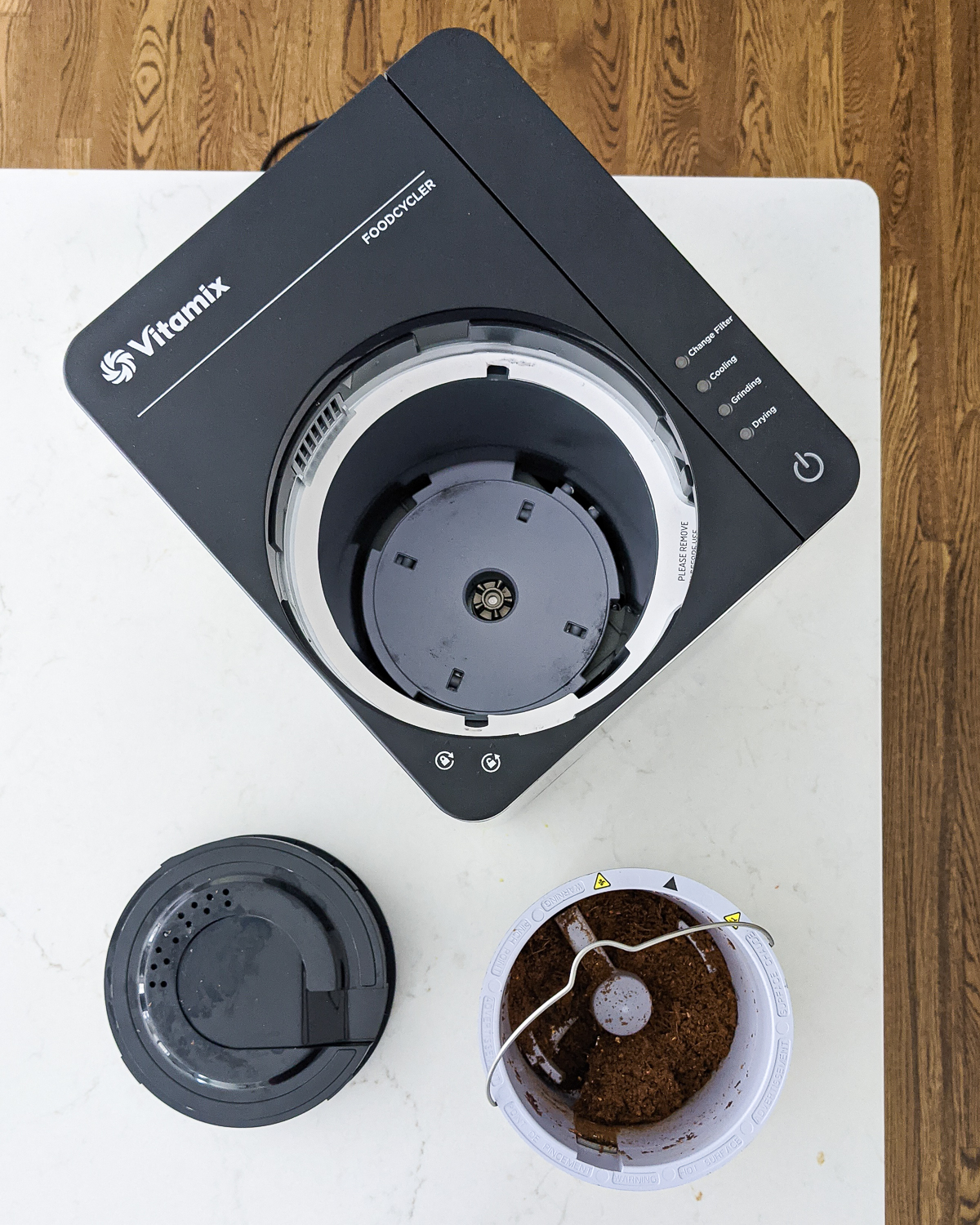
How Does the FoodCycler Work?
The FoodCycler has a removable food scrap bucket inside of the appliance. After collecting food scraps in the bucket for a couple of days, place the bucket inside the FoodCycler appliance and turn it on.
The FoodCycler moves through three phases to heat, dry, and grind the food waste into a crumb-like consistency called Foodilizer. Due to the high levels of heat, the Foodilizer has no microbial or bacterial qualities like typical compost, which is why it’s not ready for direct soil amendment for existing plants.
Is the FoodCycler Loud?
Nope! I can hear a low humming when it’s running, but it’s not an overwhelming noise by any means.
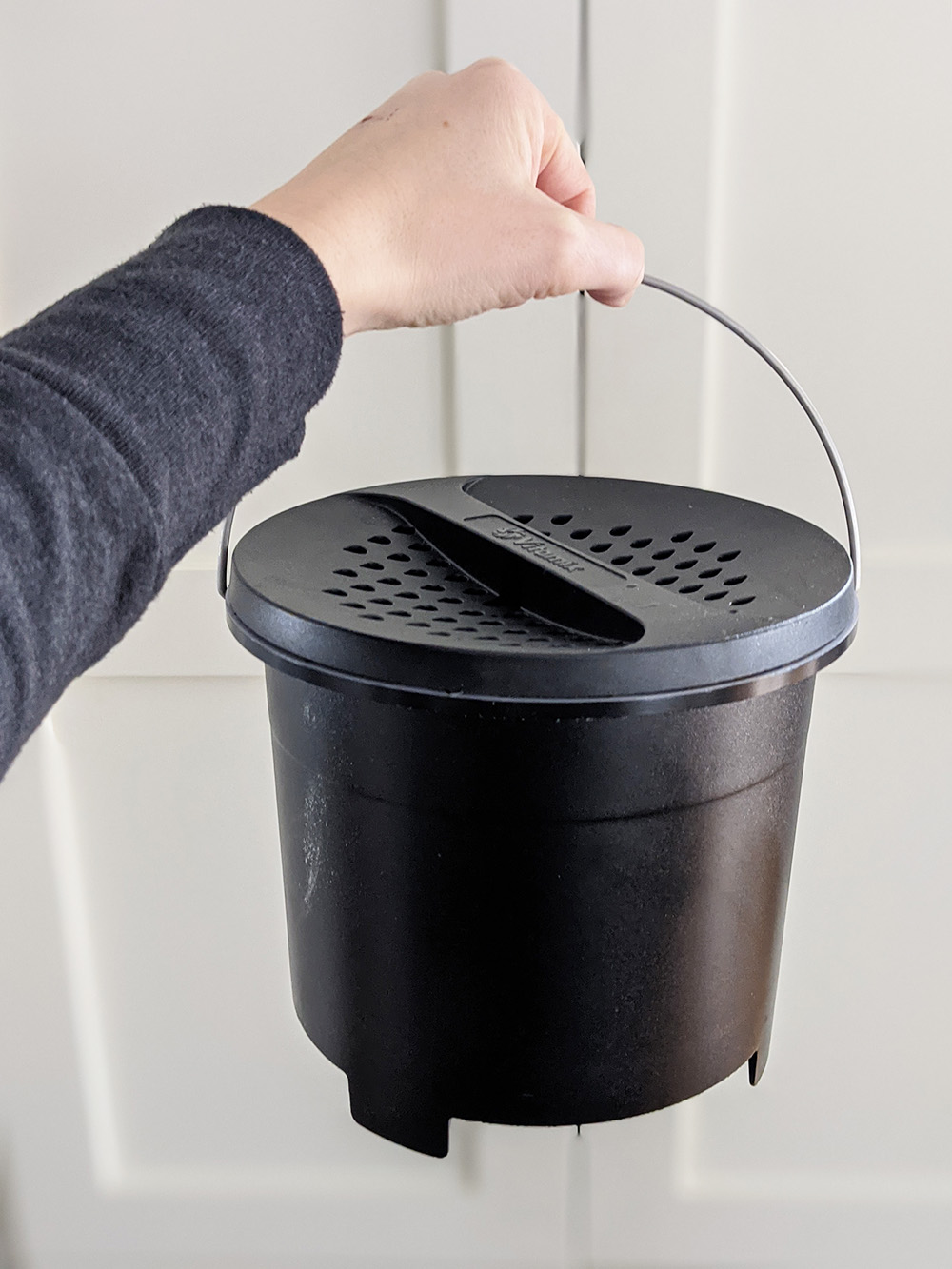
How Do You Store The FoodCycler?
We store the FoodCycler appliance separately from the food scrap bucket. The food scrap bucket has a carbon-filter lid and is much smaller than the appliance so we keep the bucket on our countertop for daily food scrap collection. The carbon filter in the lid prevents any smells from escaping into our kitchen. We’ve stored food scraps like tuna fish and chicken bits in the bucket for several days before running the FoodCycler and haven’t had any issues at all with unpleasant smells.
We keep our FoodCycler appliance on a shelf in the room next to our kitchen. It’s large enough that I did not want it taking up counter space. Unless you have a lot of empty counter space, you’re probably not going to want the FoodCycler appliance residing on your counter.
You could also store the small appliance in your basement, garage, or even on a balcony when it’s not too hot or cold outside. As long as the temperature is above freezing where you store the appliance, the FoodCycler will operate properly. When purchasing the FoodCycler, keep the space requirements in mind when thinking about how and how often you plan to use it.
How Often Do You Run The FoodCycler?
We have a traditional compost bin for food scraps that can go in our outdoor piles and tumblers, so we don’t run the FoodCycler all that often. We only use the FoodCycler for food waste like meat, bread, and dairy products that I don’t like to put outdoors.
We probably use it once every seven to ten days, because the food scraps start to smell after that time. However, when I was getting to know the FoodCycler, I used it exclusively, and we ran it once every day or two for a family of four.
Is It Better To Landfill Food Scraps Or Use Energy To Run It?
As soon as I plugged the FoodCycler FC-50 into the wall and realized it ran for several hours, I began wondering if my energy use was any better than tossing the food scraps in the trash. I know it depends, in large part, on the source of energy from which the power to run the FoodCycler is generated. Methane emissions from food decomposing in a landfill are worse than solar power for my FoodCycler but maybe not such a good trade-off if the power to run the machine comes from fossil fuels?
I didn’t see much analysis on the carbon emission comparisons between using the FoodCycler, backyard composting, or sending food scraps to a landfill, so I did a simple “back of the envelope” FoodCycler carbon emission analysis for you! It was long enough to warrant its own post, so head on over and check it out. While no solution is perfect, the FoodCycler carbon emission analysis suggests an electric composter is better than sending our food scraps to a landfill (something about which I wasn’t all that surprised).
Update: Life-cycle assessments from other electric food waste bins also corroborate the conclusion that using a processing bin like this is better (when you can use the output and don’t put it in the trash anyway) is better environmentally. But I’m still not convinced it’s a great solution, especially for the masses, even though it’s marginally better.
As with many environmental problems, we don’t reach a perfect solution in one giant leap. We take baby steps through various states of progress that continually improve on previous alternatives. Even if the FoodCycler isn’t the epitome of regenerative living and food waste elimination, it’s a better option for certain populations, and it energizes momentum toward normalizing composting.
In due time, we can only hope that a majority (or even all) of our energy sources are renewable or carbon-free, and appliances like the FoodCycler can capitalize on that paradigm shift.
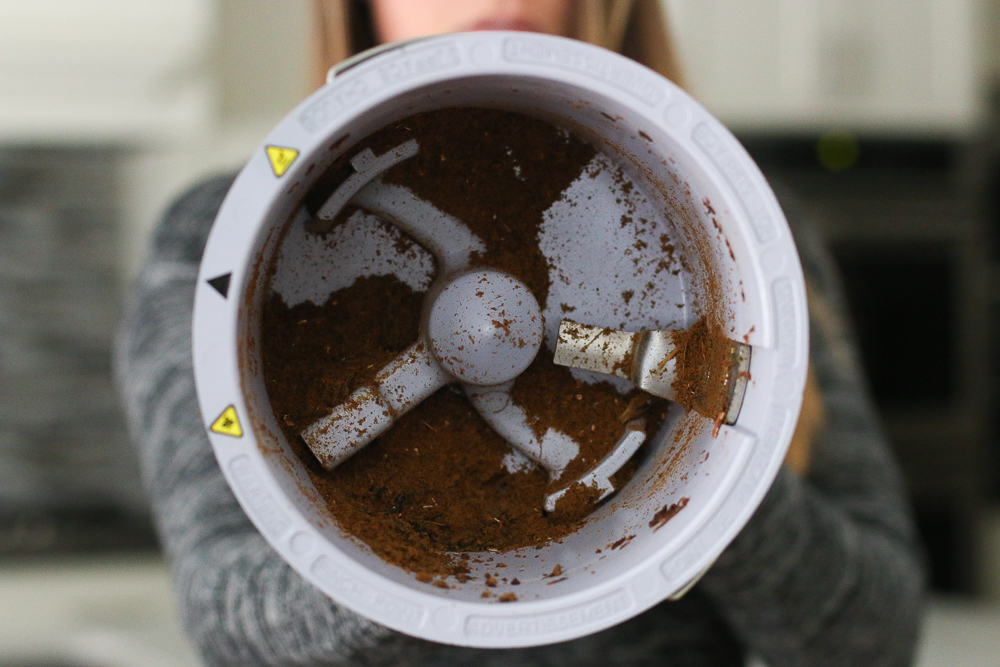
How Can You Use the FoodCycler Output Or Foodilizer?
The crumb-like output from the FoodCycler is Foodilizer. As I mentioned above, the Foodilizer has no microbial or bacterial qualities like typical compost. You can add the Foodilizer to the soil but need to let it rest for 1-4 weeks before planting in that soil. The Foodilizer tablets speed up this process but still don’t make the output “soil-ready” right away.
If you don’t need the Foodilizer, I’m sure there are neighbors, community gardens, or friends in a local Buy Nothing group that would be happy to take it off your hands.
The Foodilizer can sit for up to a year before spoiling, so you can also collect it over time in a large container and use it to amend the soil in your garden in the spring and fall before planting and after harvesting, respectively. Just be sure you keep it dry while not using it. This is a great alternative to traditional compost if you have the space to store the Foodilizer and the soil in which to use it.
That being said, I think there are a lot of people who won’t have a great way to use the output. If you’re considering buying an electric kitchen bin, be sure to consider the full cycle of how you plan to use the machine and what other alternatives are available to you before making this significant investment.
Can You Add The Foodilizer To A Compost Pile?
Yes. If you’re using the FoodCycler as a supplement to a traditional, outdoor composting system, you can add the Foodilizer right into the compost pile without any issues. The active compost will bring the Foodilizer “back to life” and make it ready to go into your garden when the compost finishes processing.
Is The FoodCycler A Complete Composting Solution For Apartment Dwellers?
No. You can’t use the finished Foodilizer unless you have soil in which to let it rest and “come back to life”, even if you add the Foodilizer tablets to speed up bacterial and microbial regrowth. Thus, if you’re hoping to make fertilizer for indoor houseplants and container gardens, the FoodCycler gets you there but requires the extra processing steps in empty soil.
If you just want to reduce waste and don’t need soil amendment, you can give the Foodilizer away to friends, neighbors, a community garden, or offer it up in a local Buy Nothing group to someone who can use it.
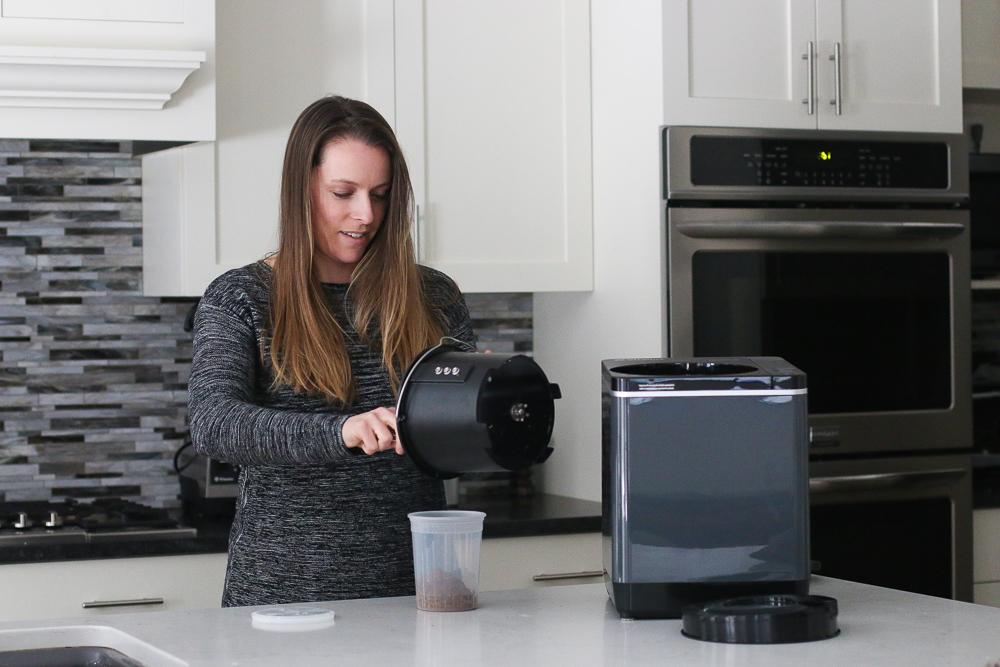
How Does The FoodCycler Help If I Already Compost Outdoors?
We have several compost systems outdoors (because I’m a composting nerd and like to experiment with them), and the FoodCycler offers some composting benefits that I can’t achieve in my outdoor piles and tumblers.
FoodCycler Composts More Variety Than Backyard Composting
Because food scraps are heated and dried, the FoodCycler can compost meat, dairy, bread, and even certain types of small bones. We use our FoodCycler as an additional bucket for many of the scraps that we might otherwise toss in the trash if we only used backyard composting.
These types of items can go directly into backyard compost bins, but they can attract pests if not diligently managed. Many people choose not to compost meat, dairy, and oily products in home compost bins for simplicity, and an electric compost bin can make adding those items a bit easier to maintain.
Foodilizer Reduces Attraction of Wildlife To Compost
Additionally, the FoodCycler can help reduce the risk of attracting wildlife to your compost pile. Food scraps in a traditional backyard compost pile may smell, especially if not properly managed, and attract mice, raccoons, or even bears (depending on where you live). The Foodilizer reduces the risk of smells during the final microbe reactivation process that happens in the soil or in a compost bin (before the Foodilizer becomes traditional compost).
I want to distinguish reducing the smell from eliminating the smell. The Foodilizer output may have a slight scent to it even after it’s dehydrated and ground up. It’s definitely not odor-free based on my experience, though I had no issues with any odors so long as I kept it stored in a container with a top. I used repurposed yogurt containers with lids.
Later, I mixed some of the output into the mulch on my garden beds. Within 24 hours, an animal (presumably a raccoon) got into the mulch and made quite a mess of it. There was nothing in the garden beds at the time, so I assume the animal was searching for whatever was producing the odor (in this case, the Foodilizer mixed into the mulch).
The Foodilizer will be easier to manage and can go directly into the soil, but it probably needs to be mixed into the dirt to prevent animals from tracing the odors.
FoodCycler Speeds Up Composting Process
The FoodCycler significantly speeds up the time between waste production and soil amendment if you’re not actively managing a very hot compost pile. After 3-8 hours in the FoodCycler, the Foodilizer can be added to the soil and ready for plants in just a few weeks. If you prefer not to labor over outdoor compost piles but still want to feed your garden with your food scraps, the FoodCycler makes that possible.
FoodCycler Makes Composting Easier In Cold Winter Weather
In places with long, cold winters, a backyard compost system freezes and stops processing in winter weather. Electric composters, like the FoodCycler, give people an option to compost their food scraps indoors when the weather is not as suitable for backyard composting. Then they have soil amendment that’s ready to add to garden beds when spring arrives.
You can also food scraps into a frozen compost bin and let those scraps process over summer when they thaw out, but outdoor composting in a cold climate can be slow if there isn’t a long enough warm season for everything to fully decompose.
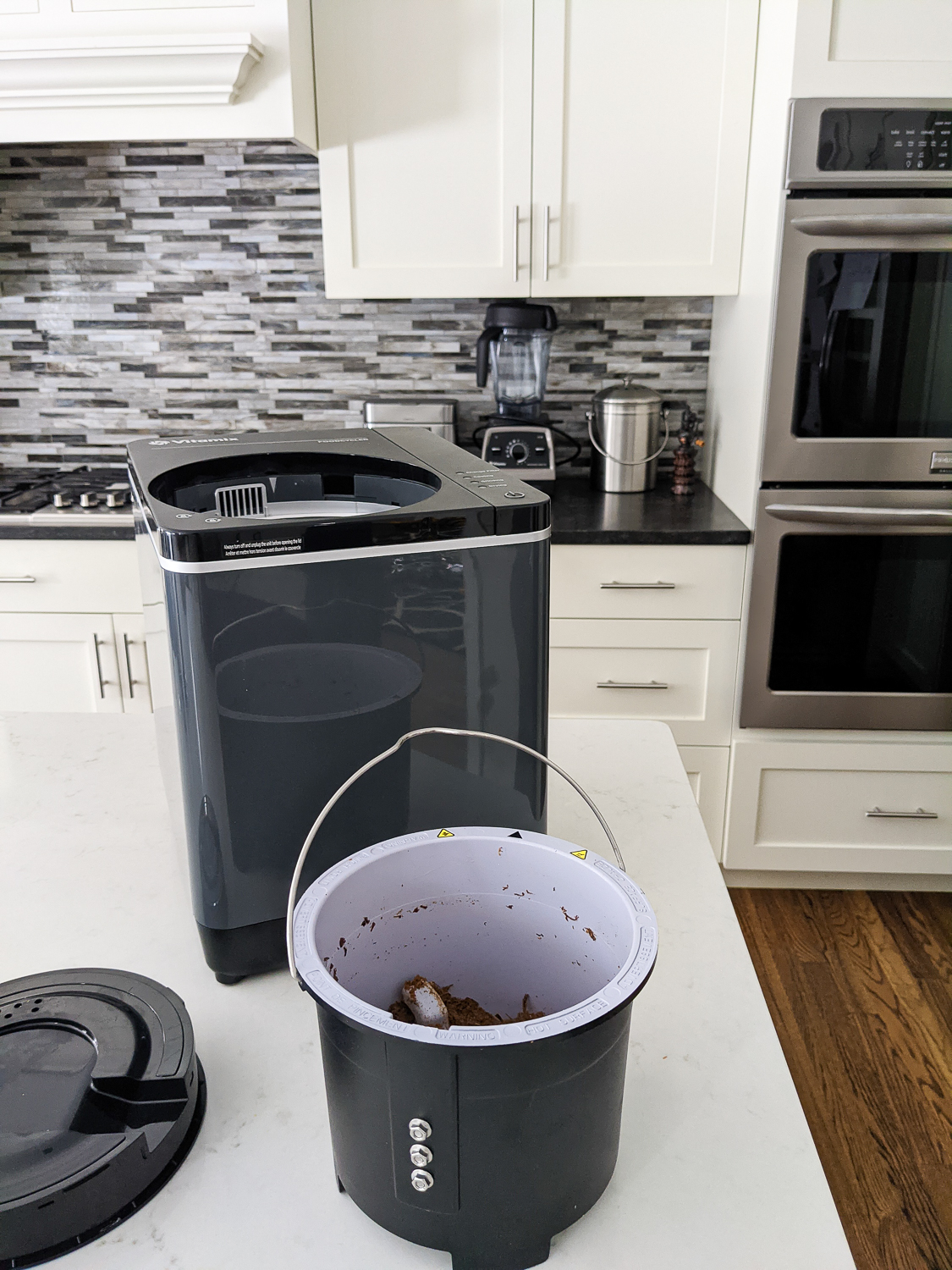
Where Can You Buy The FoodCycler?
The FoodCycler appliance is made by a company also called FoodCycler. When I first started researching the FoodCycler, I was a bit confused about where to purchase the product and who made it. While this company developed the technology and the product, they do not sell directly to consumers.
FoodCycler partners with Vitamix to sell the Vitamix FoodCycler FC-50 in the United States, Canada, and Mexico. They partner with Breville to sell the Breville FoodCycler FC-50 in Australia and New Zealand. These are the same products branded under each respective distribution company’s name. In the United States and Canada, you can buy the FoodCycler from Vitamix. In Australia, you can purchase the FoodCycler from Breville.
If you’re looking to purchase the FoodCycler in other countries, the company has partnered with a variety of retailers to make it available in select countries internationally. You can see the full list of international FoodCycler sellers on the FoodCycler website.
What Is the Difference Between the FoodCycler FC-50 and the FoodCycler FC-30?
The FoodCycler FC-50 and the FoodCycler FC-30 are identical appliances though the FC-50 model comes with a carbon-filter lid for the food scrap bucket that is not included in the FC-30 model. The carbon-filter bucket lid can be purchased separately for those buying the FC-30 model. We store our bucket on the kitchen counter and use it to collect scraps while the appliance is in another room in our house. If you’re considering purchasing the FC-30 model, I think adding the carbon-filter lid as an accessory is really helpful and worth the additional cost.
Additionally, each of the models is only available through certain channels. The FC-50 model is available through Vitamix and Breville while the FC-30 model is available from other international sellers and directly from FoodCycler through their municipal bulk order programs (described in more detail below).
How Much Does the FoodCycler Cost?
As of the time I wrote this article, the Vitamix® FoodCycler® FC-50 model available in the United States and Canada costs $399.95 in the United States and $499.95 in Canada. Breville sells the FoodCycler for $499AUD. This price includes the removable waste bucket and carbon filter lid as well as two carbon filters for the machine.
You’ll need to replace the carbon filters in the machine about every 500 Cycler Hours. This is once every 3-4 months if you use the Cycler every few days. A set of two FoodCycler Replacement Filters costs $24.95, so expect to purchase those once or twice a year.
FoodCycler Foodilizer Tablets, which cost $24.95 for a pack of two, are optional and will likely last about a year if used as instructed.
All in all, in the United States, the upfront cost is about $400 with annual costs of roughly $40 – $50 a year. This is a pretty steep price that is out of reach for many people. I recognize this is not intended to be a solution for everyone. The FoodCycler has some great benefits for those who can afford it and find it a complement to their current food waste management system.
That being said, I highly encourage potential buyers to consider how they would use this or any electric compost bin. I do not believe they are the silver bullet to solving our food waste dilemma. For the most part, they are novel and nice to have for some people but not an end-to-end solution for many people.
What Is The FoodCycler Municipal Bulk Purchase Program?
FoodCycler recognizes that the price of its product can be a barrier for many people. To make the product accessible to a larger customer base, they work with municipal groups to offer discounted FoodCycler FC-30 units and accessories when purchased by the municipality or municipal organization in bulk.
Depending on the municipal budget, municipalities can provide these to residents for free through their budgets or simply sell them to residents at cost and pass along the bulk purchase savings to their communities. The second alternative has no ultimate cost to the municipal organization, so it might be an attractive option for towns and cities looking to foster eco-friendly or green initiatives, even if they don’t have large financial budgets.
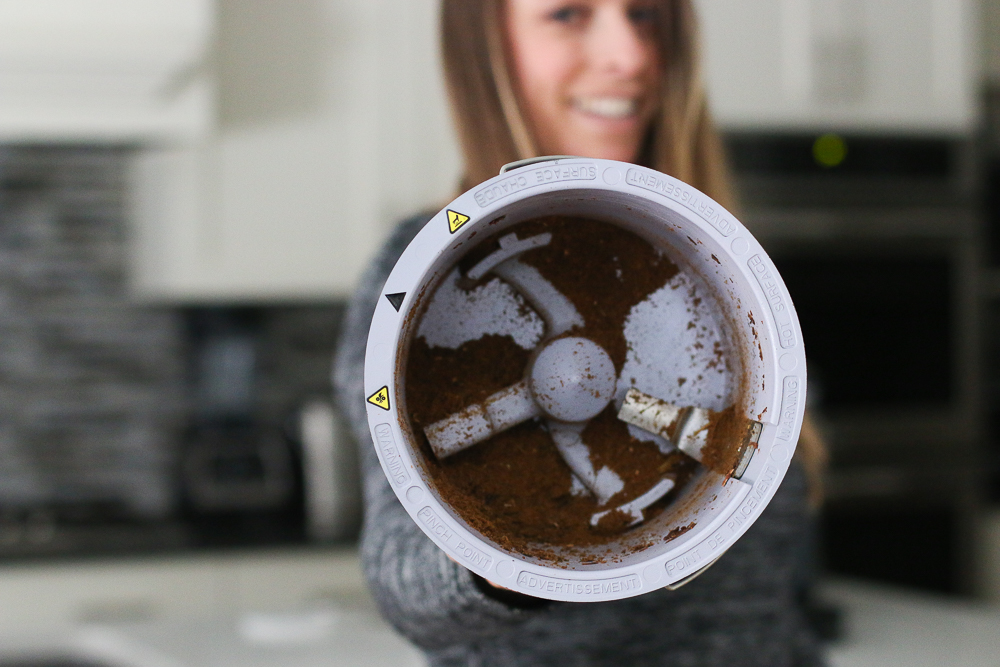
How Does This Compare To A Compost Pick-Up Service?
A compost pick-up service is a logical alternative for many people considering an investment in a FoodCycler. While not offered to everyone, there are composting (or food scrap collection) services in many major cities around the country. A lucky few have municipal compost services, but that’s not currently available for most of us.
The price of a food scrap collection service varies depending on where you live. I’ve seen rates as low as $10/month for weekly service and up to $25/month for bi-weekly service. Price often depends on the density of customers in your area.
At the prices above, one could pay for several years of compost service fees before recovering the investment in a FoodCycler. As the former owner of a composting service and a FoodCycler, setting your scraps out for the service pick up is much easier than managing your FoodCycler and the subsequent maintenance for the Foodilizer to be effective soil amendment.
Many of these services also provide finished compost to customers once or twice a year included in their subscription fee. The finished compost from the service provider will often be ready to add directly to the soil of houseplants and container gardens.
Compost pickup services vary with respect to the types of food scraps they take for collection. This is based on what methods of composting they use. Many will not take meat, dairy, and oils, so the FoodCycler could offer a broader range of food scraps to be composted.
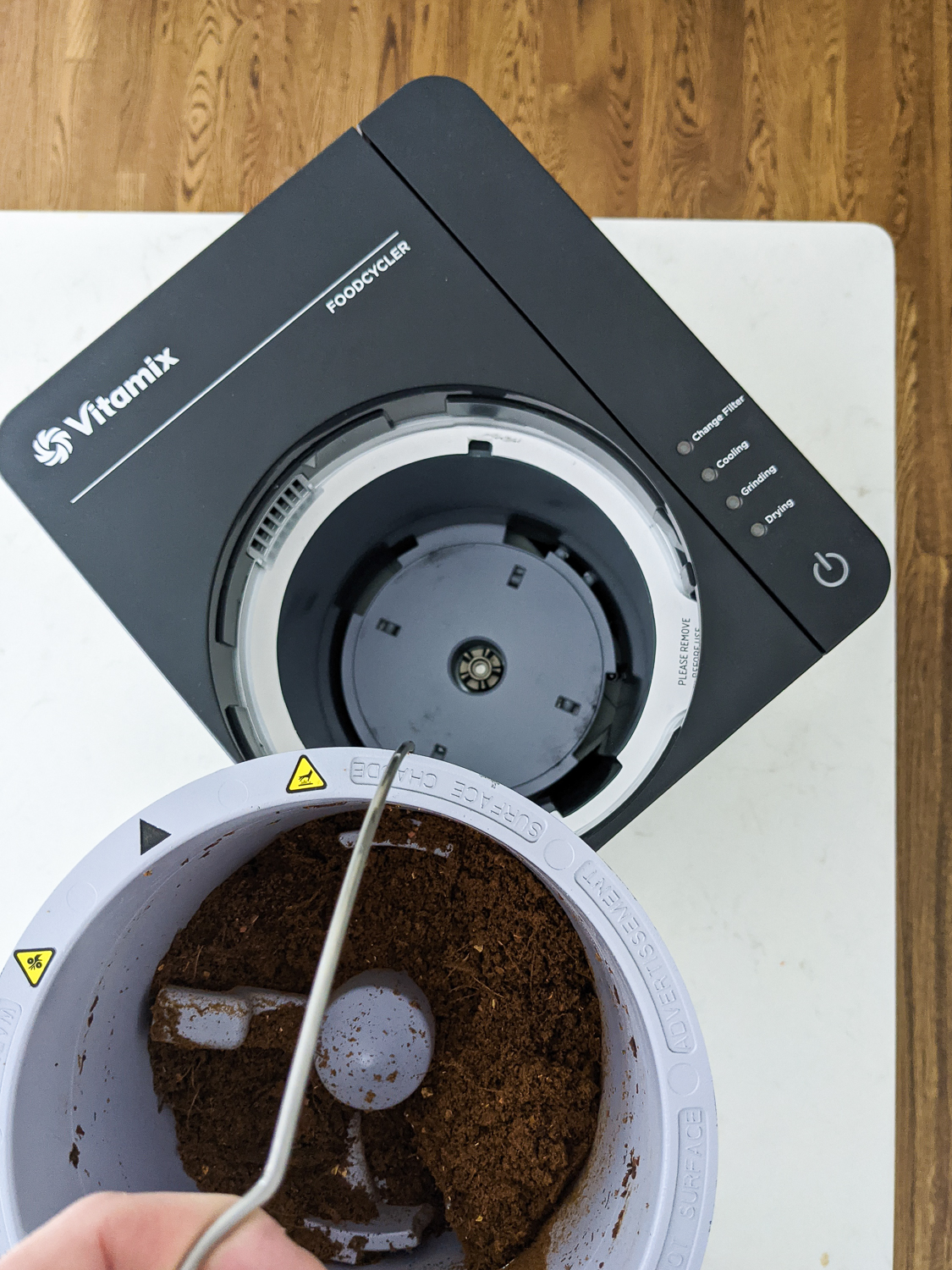
Who Should Buy The FoodCycler?
Here’s the big finale. Who should actually buy the FoodCycler? Let me start by disclaiming that I think any electric food waste bin is nice to have but not the future of food waste on a mass scale, something I shared at the beginning of the post. But if you have the disposable income to invest in this appliance and think it would be fun to have, here are some people who might find this a useful addition to their current food waste management habits.
Home Gardeners Without A Compost Pile | If you have a home garden, want to recycle your food scraps and put the nutrients back in the soil, don’t want to manage a typical compost pile, and have space to store Foodilizer until you’re ready to amend bare soil, then you might like the FoodCycler!
Apartment Dwellers With Access To A Garden | If you live in a small space and have access to a garden, you could use the Foodilizer in your garden like a Home Gardener. You will reduce your food waste and replace nutrients in the soil.
Cold Weather Composters | If you already compost but live in cold weather and struggle to manage a pile in the winter, the FoodCycler could be helpful for winter food waste recycling to complement outdoor composting in warmer seasons.
Next-Level Composter | The FoodCycler may be helpful as a supplement to traditional composting for someone who wants to eliminate food waste like meat and dairy that can’t easily be composted in other home composting systems. If you want to step up your composting game and reduce your food waste to nearly zero, the FoodCycler might fill the gap that your backyard composting system can’t address.
So What’s The Verdict On the FoodCycler?
The FoodCycler is a really neat appliance. It’s novel and offers some great benefits. But the FoodCycler is expensive. Electric compost appliances, in general, are not the seemingly magic, comprehensive solution they seem to be at first blush.
The FoodCycler is not a complete solution for an apartment dweller or someone with no outdoor space unless they plan to give away the Foodilizer. Many people may benefit from and love the Foodilizer, but it’s important to understand how it works and how you can use the output before investing.
Food waste is an immense global issue and will require massive culture change and a variety of solutions to effectively address. The FoodCycler is one piece of the giant puzzle that we can use to find a way for everyone to get their food scraps out of the landfills and into the soil where they belong.
I don’t think electric compost bins are scalable solutions that warrant significant climate action investment dollars. I think there are better, more effective and equitable systems that provide a better environmental return on our investment. But I think it could be a novel appliance for the eco-minded early adopters who have space in their kitchens and their budgets for an appliance like this.
Any Other Questions?
Did I miss anything? Do you have any other questions? If so, leave them in the comments, and I’ll do my best to answer them!

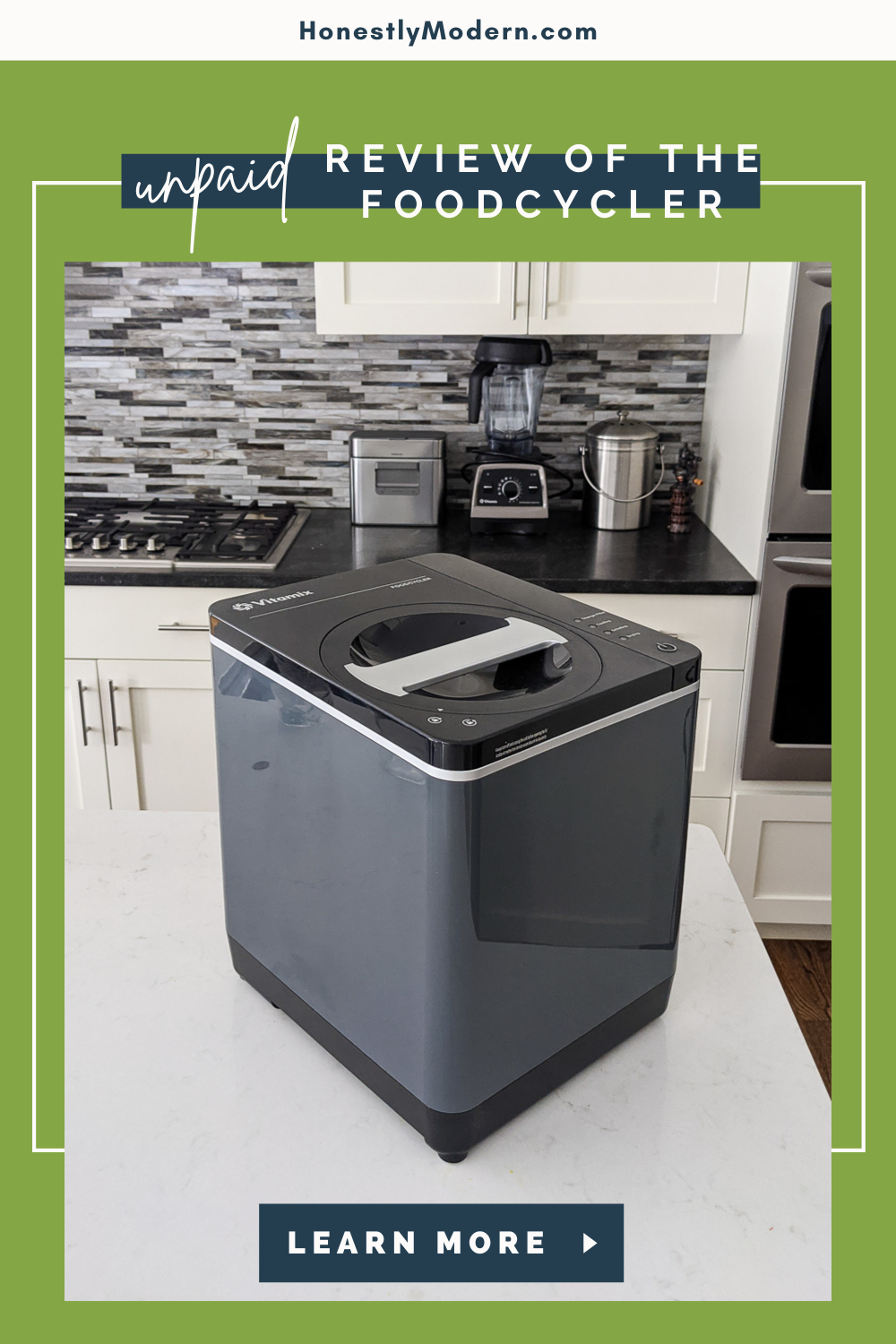
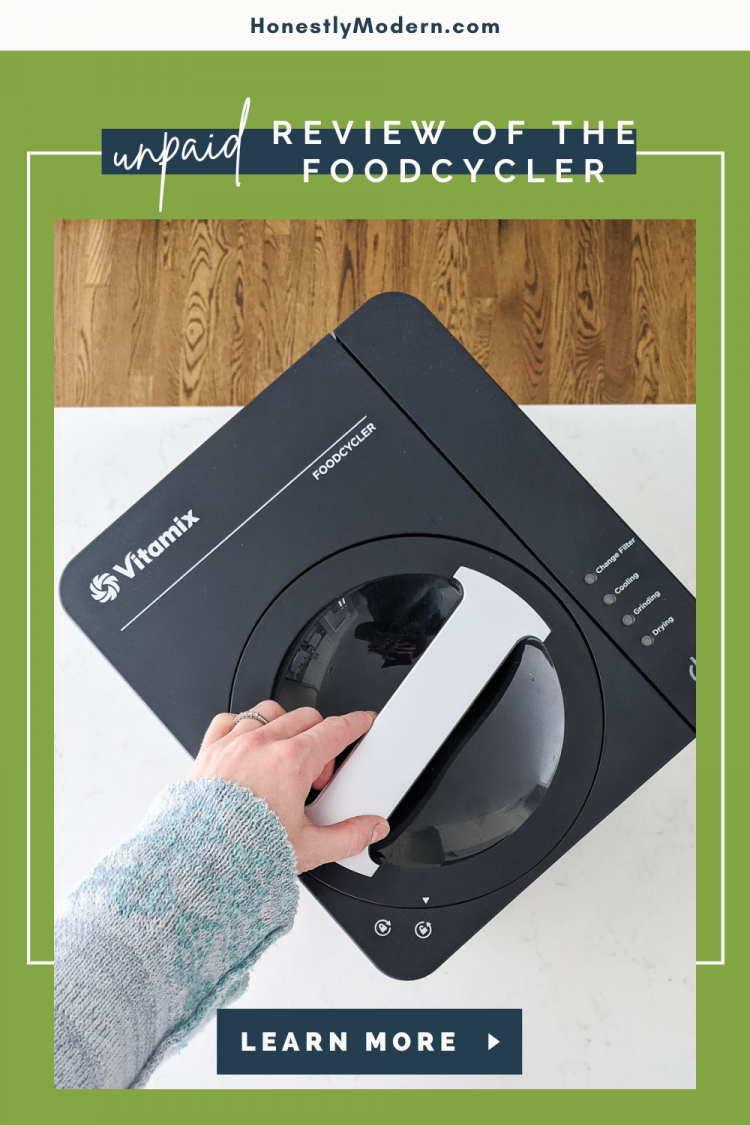
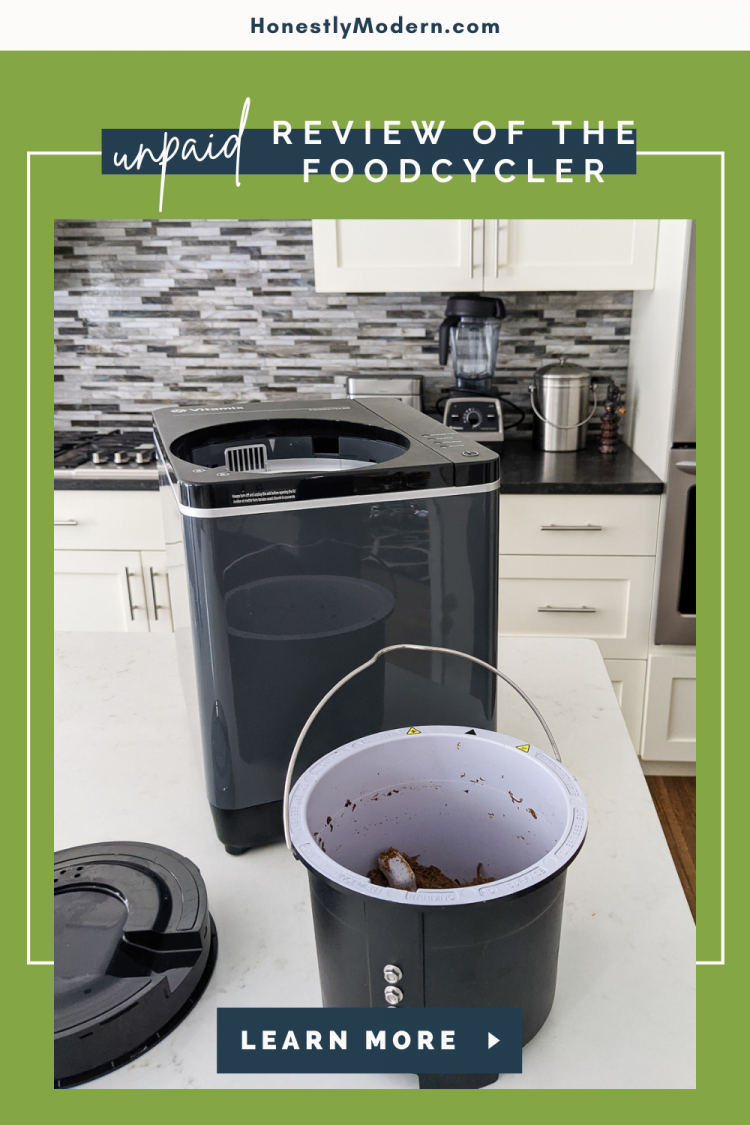

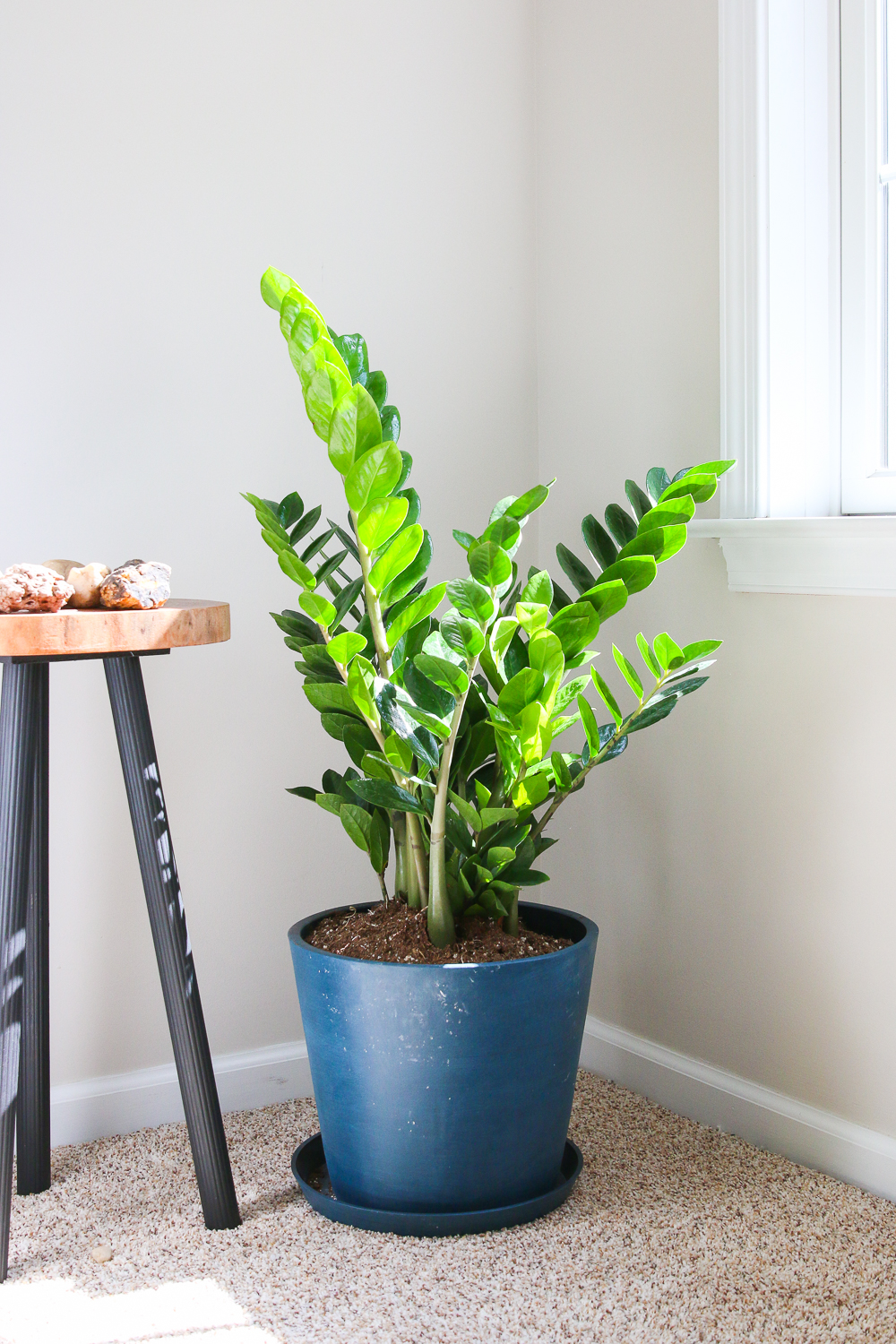

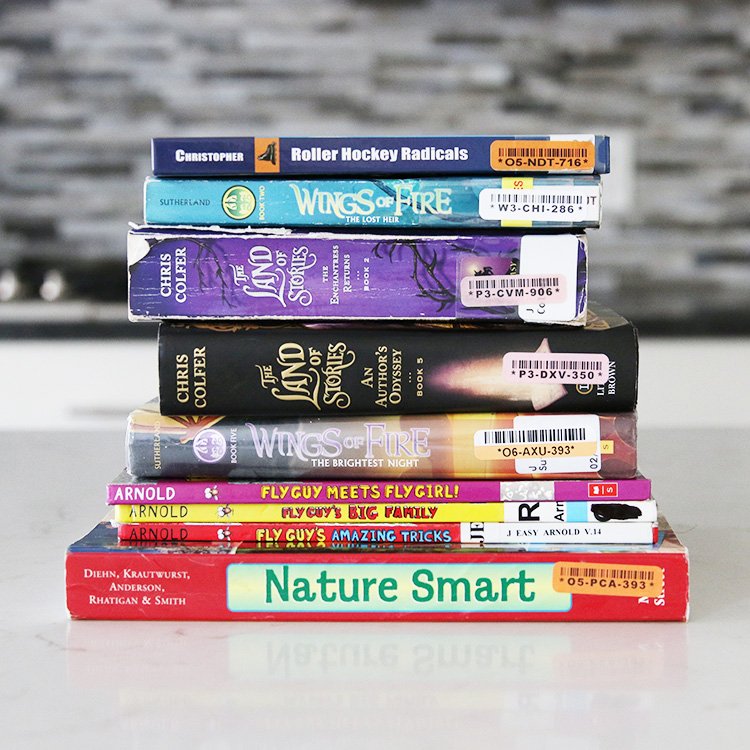


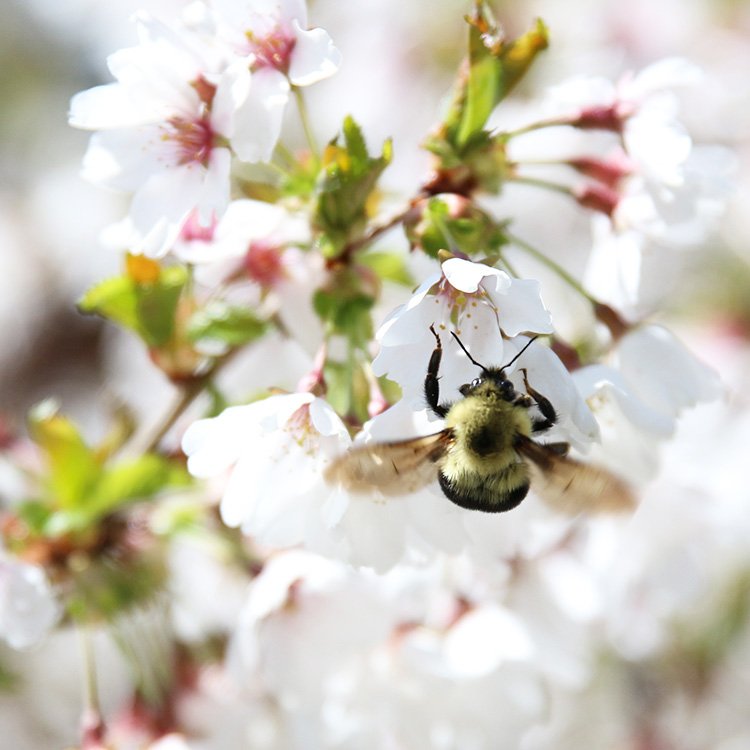

Thanks for writing this. I just found out about the foodcycler. I am definitely intrigued. Could you put the Foodilizer directly in your garden knowing it can take up to a month to come back to life?
You’re welcome! And yes, the Foodilizer can go directly into the garden soil before the planting. I intend to add my Foodilizer to my garden a few weeks before I plant my seedlings. Then it will have plenty of time to revive before the plants are incorporated. Hope that helps! Thanks for the question.
Can you put it a rose bed before it is ready without hurting the roses ?
Thanks so much for this comprehensive review. I got one for Christmas and was wondering if this appliance will be useful (we have a traditional composter already). Since we live up north, where the winters are long, I think this will be a great addition to our composting and help amend the gardens. Really appreciate the time you took to review this!
Hi,
Thanks for doing this review! I have two composters in our backyard. I’ve been composting for 20 years. However, in the last couple of years (and twice in that last week alone) the bears have been ripping our compost bins out of the ground to get to the fruit and vegetable scraps. My hope was to use the Foodcyler to compost my scraps before putting them in the my compost bin, thus eliminating the draw for the bears. You mentioned this briefly in your review, but based on the what you know about the smell/consistency of the foodilizer, do you think the Foodcycler will accomplish what I’ll need it to do? Thanks!
I have a Compost bin outside but I struggle with effective composting. Would I be able to use the output of this to make my compost bin outside more effective?
Hi Shana – It probably depends on why it’s not effective. The foodilizer won’t likely help speed up the process of breaking down what’s already in the bin, though it does do a lot of the breakdown process in the bucket (so it would be like giving the process of returning the nutrients to the soil a big head start). It will help to limit the number of pests attracted to do the bin.
Can foodilizer from chicken bones or other waste excluded from compost bins be used in the garden? Thanks.
Yep! If it can go in the FoodCycler, the output is safe for your garden. 🙂
I’m a home gardener who is really excited about the foodcycler to help with some of the extra food waste we have from kids being picky. I’m a novice composter (we just have a large rubbermaid bin that we put plant scraps in and stir occasionally). Do you think we could add the foodilizer to that bin to go through the microbial process?
Yes. I think you could add Foodilizer and the microbes in the compost would help the Foodilizer go through the process of becoming a great soil amendment. That’s a great idea!
What a thoughtful article. I too, have composted with various methods for 20+ years. I have now settled on using a spare blender (while sometimes first freezing the scraps to start the breakdown) with added liquid if needed, to pulverize the scraps and then dump the slurry into a large Rubbermaid type bin with red wiggler (manure) worms and wet scrap newspapers and paper products. Worms do slow down quite a bit near freezing temps but are surprisingly temperature resilient, surviving in Phoenix’s 100+ heat as long as they have shade and enough moisture. I also add in cheese, yogurt, chicken scraps and fat in moderation. Worms love meat and if liquified, it is gone in less than a week. No odor to speak of as long as it is not overly wet and has good aeration. No problems with small varmints as long as the food and the bin are covered. Let’s spread the composting word!
That’s great to hear about all the things you put in the compost. Thanks for sharing. And yes, spread the word. 🙂
Thank you for this great review. I feel like you answered a version on my question but I still wasn’t quite sure. I have a compost pile that I add leaves and garden debris (cutting, weeds, dead plants, etc) I turn these every so often and after some time, I have great rich soil. Could I use the Foodcycler to grind and dry my kitchen waste and then add that to my compost pile? Didn’t know if I would have to keep it separate and then prime the soil for the 1-4 weeks as you explain.
thanks,
Richard
You can definitely add the Foodilizer right into your compost pile without any issues. No need to keep it separate. Thanks for the question!
Great article! How do we find out more about the municipal program? I checked the Foodcycler site and there isn’t an active form yo contact the company for more information. Thanks!
I just sent you an email to connect you to the company, and they can share more with you about the muni program. Thanks for asking!
Just a tip for folks looking to economize.. the two filter canisters in the back of the unit are easily openable from the top but be careful as the activated carbon pellets can scatter everywhere (ask me how I know ;)). They basically contain the same activated carbon/charcoal pellets that can easily be sourced from Amazon. Just search for “activated carbon pellets bulk” and you can find several options. I found one for 10lbs of the stuff for around $43 bucks which will yield several refills of the canisters and cost less than two sets of the replacement canisters from Vitamix. Super easy to dump out the old and refill with fresh activated carbon.
As well, you can also buy bulk activated carbon filter media and simply cut to fit the cap for the bucket.
Not trying to take income away from the Vitamix/Foodcycler folks, but I feel it’s a bit more responsible to refill the canisters vs throwing away the plastic every three months or so.
Thanks for the information. Good to know.
Great review! i just bought one so time will tell how it goes.
At first glance the bucket looks a little small for the amount we need to compost. We are in bear country, so for me its actually about being able to compost inside and odour free. That’s a use group that you didn’t mention….
Thanks! Glad this was helpful. You’re the second person who has mentioned purchasing one of these because they live in bear country, so I should definitely update my post. It’s funny you mention that as well because just yesterday I shared a post on Instagram about using the Foodilizer in our garden. Be sure to cover it with soil or the bears (or raccoons in our case) might smell it and think it’s food. https://www.instagram.com/p/CR7Mo1-HqKs/
Can the scraps be used on plants?
Hi Lisa,
The scraps cannot be used directly on plants. They need to process in bare soil for 1 – 3 weeks or so before they are ready for plants.
Thanks!
Jen
I’d love more info about the municipal program as well. Is this directly with Foodcycler or would it be through Vitamix?
Hi Annie – This is through FoodCycler. I will send an email to you with the contact information. Thanks!
This was a great review, especially when it was unsolicited! Now more than ever, we all need to be personally responsible for our destruction of the planet. This might be very useful for campgrounds and RV’ers (Nomads). Smell reduction, trash reduction, responsible recycling to keep the areas cleaner. I think a campground or RV park could set up a station with directions next to the trash and recycling bins directing folks to separate their trash and recycle as much as possible. It would be awesome if the companies doing the production and marketing started targeting schools and restaurants with their municipal program as well, many have their own gardens now, as do some hospitals. Combine this with a plastic recycling system community wide and reduce the landfill by half!
Thank you so much for this kind and helpful comment. I agree it would be great to have more groups and community organizations using this. 🙂
Hi
Does it compost compostable plastic too?
Thank you.
I haven’t tried it but I don’t think I would put that in there.
Thank you so much for this thoughtful and thorough analysis! We are new to composting. We have a small herb garden, but also many planting beds with various small trees, grasses, decorative plants, etc.
I see where the Foodilizer isn’t ready for planting until being mixed with soil for a few weeks. We can do that for the herbs. But that won’t consume all of our output (family of four).
My question: would it do any good (or at least, not do any harm) to sprinkle Foodilizer across the beds with existing healthy plants?
Thank you!
I’m not sure I could recommend this. I’ve found that our Foodilizer attracts raccoons if it’s not buried under the soil. Even when I covered it with mulch, there’s still a bit of scent that attracts wildlife. Check out this video I shared. If you just sprinkle it on your soil, you may find that the wildlife damage your plants in their search for the food they think they are smelling. https://www.instagram.com/p/CR7Mo1-HqKs/
Thank you so much for this review. I am seriously considering getting it. Could you tell us more about preparing the output for planting? What to mix it with for indoor and outdoor plants? How do you do it? I want to grow my garden with the help of this.
Thank you for the great article! I’ve been wanting to get into vermicomposting. I was wondering if the compost from the Foodcycler could be directly added to the vermicomposter without harming the worms. I’d like to do both since you can’t add meat, dairy, bones and bread to the vermicomposter.
Thank you!
I add the FoodCycler output directly to my Subpod vermicomposting system and haven’t had any issues. Worms can eat all that stuff, so I think it should be fine for them to have it in a dehydrated form. Thanks for the note!
Hi Jen:
Thank you for looking at the range of issues in home, indoor composting.
One thing that I did not see was any discussion of types of food waste that are not easily composted with this type of system. For, example, can thicker citrus peels (oranges and grapefruit) be processed easily on the Foodcycler? or do heavy peels need to be finely chopped before adding them to the Foodcycler?
Many thanks.
The user manual says to cut pieces to sizes smaller than the palm of your hand. I have had good luck with avocado shells but not the pits, citrus peels, broccoli stems cut into smaller cubes. I have not composted chicken bones because the manual says not to put the composted chicken bones into your garden. individual banana peels are fine but if I have a group of 3 or more banana stems all attached together sometimes they don’t grind up well as they are very fiberous.
Thanks for the review. I’m trying to find any info on cost of operation in terms of power consumption, considering something like this would be running an awful lot of the time. Have you come across any estimates?
Hi Joel. That’s a great question. I don’t have an exact answer but I think you might be able to get a good estimate. In this post about carbon emissions from the FoodCycler, I talk about how much energy it uses per cycle. https://www.honestlymodern.com/foodcycler-emissions/ — According to the manufacturer, it uses about 0.8 kWh (kilowatt-hours) per cycle.
In a separate post about electric vehicle analysis here (https://www.honestlymodern.com/electric-cars-for-families/), I discuss how my local utility has a calculator to determine the cost savings of electricity vs. gasoline for a car. Within that calculator, my utility shows the estimated utility rate of a kWH. At the time I wrote the post, it was $0.1324 per kWh. Utility rates can vary greatly, so check with your local utility to see if they have similar information. You may also have your rate disclosed on your monthly utility bill.
In my case, if I pay $0.1324 per kWh and each cycle uses 0.8 kWh, it costs me about $0.10 to run the FoodCycler one time.
Great question!
Jen
Fantastic, thanks for the detailed and informative response.
Thanks for this excellent review. I am new at composting. I bought a rotating composter in October and in one month we filled one of the two compartments. Today the foodcycler arrived, on the day the door to my rotating composter froze closed. If I have foodilizer and put it in the regular compost, is this green or brown or neutral, in terms of the compost? I will need to run the foodcycler more than once per day to deal with our fruit and vegetable scraps. So part of the use of the cycler is to deal with the lack of space in the regular composter outside. I don’t have space for several composters. You were the first person mentioning that you can add this to the regular composter. Is it also in a ratio of 1 to 10, as it is for regular soil? Would the probiotic tablet-spray from foodcycler help the regular composting process?
We love our Foodcycler and look forward to adding nutrients to the soil in our greenhouse in the spring. Another great benefit is that we no longer get a smelly kitchen garbage can because all the food scraps get processed, leaving the garbage can for just packaging and paper towels/napkins. This in itself makes the purchase worth it!.
Hello! I’m wondering if the tablets are optional? I’d think so if I am just planning to add the foodcycler’s output to my subpods, but wanted to check before buying.
Yes. I don’t use them when I put the Foodilizer in my Subpod either. I agree you can pass on them.
we use a 2.6 gallon bucket with biodegradable liner to keep it tidy. Can I take the bag and put directly into the FoodCycler FC-50 electronic composter like other machines state you can do, or do I have to transfer the scraps without the bag (messy). Thanks.
I don’t think you can put the bag into the machine. However, the bucket has a carbon filter top so you can use the bucket as a countertop bin (to replace the 2.6-gallon bucket you’re using). Then you remove the carbon filter top and put the bucket into the machine for processing. Thus, you shouldn’t really need a separate container for food scrap collection.
I made the mistake of adding the foodilizer right away to my indoor plants, almost like a top dressing. It looked find but eventually created a moldy cake like layer in each planter. I’ve gone around and pulled off that layer on everything and starting over. Any recommendations on the ratio of foodilizer to dirt?
Sorry to hear about that. The Foodilizer does have to sit in bare soil before adding to plants, so that makes sense that it created that moldy layer. The Foodcycler company recommends 10 parts soil to 1 part Foodilizer. Then let the soil rest for 6 weeks before planting in it. Hope that helps.
Great article. Just tried this unit and it blows my expectations out of the water. I have a 55 gallon rotating compost bin and live in Minnesota so composting in the winter is a pain. This unit is my new BFF. Quiet and rally does a number on kitchen waste. Thought I would be returning it to Amazon after a couple weeks but it might just stay. Thanks again
Glad to hear it’s been a good investment for you! Thanks for sharing. Also, I’m from Minnesota too. 🙂 I don’t live there anymore, but it’s close to my heart.
1. If I leave the foodilizer in an outside pile, will nature start to add the microbes needed to the foodilizer so that I can add it for a healthier garden?
2. Does the heat make this hydrophobic, in the same way as overheated soil?
3. I seemed to of had mixed messages. Will sprinkling this on an existing garden, in small amounts, harm the plants, or will the foodilizer eventually become fertilizer after it has been with the other soil for 6 weeks?
1. Do you mean if you leave it outside in a compost pile or outside in a pile by itself? I think you’d need to incorporate it with unfinished compost or bury it under soil. While it’s not a direct answer to your question, the foodilizer does have some scent to it, and it attracted wild animals (raccoons I suspect) when I left it under a bit of wood chip mulch but not buried under soil.
2. I’m not sure about that. Sorry, I can’t answer that question.
3. FoodCycler, the company that makes this, suggests that it should only be added to bare soil and not sprinkled on soil with plants already in it. But maybe it would be ok if it wasn’t too close to the roots? I’m not sure as I just add it to my compost pile or under bare soil each spring.
Hi! I just want to ask, how is it manufactured?
Hi RJ – Thanks for asking. I’m not sure of the details. You could reach out to the company directly. Sorry I can’t provide more details.
Wonderful detail. Thank you very much, from Saskatchewan. I’m hooked!!
very clear and good article easy to understand. Thank you
I had already ordered one with the extra bucket when I read this. I plan to process superhot chile peppers with one bucket, from fresh to ‘dried and ground’. Do you see any reason this won’t work with its own permanent bucket? I’ll use the other bucket for actual composting.
I will keep the ground up peppers in their own sealed containers, marked for the type of pepper that was used.
In the past, I dehydrated the peppers, then seeded them, crushed them and ground them up for storage. This seems infinitely easier.
To be honest, I don’t know anything about making chili powder, so I can’t say for sure. But that sounds like a really creative way to use the machine. It seems to me like it would work!
What should you not put into a FoodCycler?? There are times everything gets totally stuck and it’s too hard to clean out. Once I thought it to be due to too many banana peels!!
And can you compost fat from chicken or beef??
I think the brand provides some guidance. I did have trouble with certain types of foods getting stuck under the grinder. It didn’t break it but I had to dig out the dried scraps with a spoon at times. I would think you could compost a little fat from chicken or keef (like greasy remnants) but would want to mix it with other dried or less greasy types of foods?
Great article. I purchased a second bucket with lid which sits on my kitchen counter. I trade it for the just run bucket and find I use it every or every other day.
That’s great. Glad to hear it’s working for you.
We previously used a cara zero waste machine in Australia which used the same process and we loved it. It broke down a few times and we had to post it at our expense which was cost prohibitive and eventually we threw it out. We stored the machine outside on our deck and so we never used the filters and didn’t need to. The smell is not that bad , however, I wouldn’t want it inside without the filters. Are the tablets necessary? We do have a food waste collection, however, with this machine we get to used the proceeds in our own garden and feel that there is less carbon emissions with this system. Thank you so much for the article. Anne
Thanks for sharing your experience. It’s helpful to see how others use it and it works for them.
So my husband has a garden which he puts the veggie scraps, rotten tomatoes from his plants, coffee grounds etc directly back in his soil and mixes it so I was wondering would this be good for him as is is already a working garden
If what he is doing is work for him, I would honestly save your money unless he’s having issues with his current system because it’s attracting pests or too strong for the plants in the soil. 🙂 The FoodCycler will grind up and dehydrate the food scraps (it doesn’t actually compost them), and then he would bury that finished output into his soil (similar to what he does now). It might make the food scraps break down faster since the pieces are smaller, but it will also be a dryer soil amendment. Depending on the soil, the water in things like rotten tomatoes might actually be good for it. Hope that helps. -Jen
Thank you so much for this post. I had been eyeing the FoodCycler from Vitamix for a while, and I couldn’t understand why they weren’t selling it in Europe. I even contacted them about it, and they didn’t tell me that they were just a partner in the US. Now I was able to find that Tchibo makes the Euro version. Very excited to be able to compost in my little flat!
Thank you for the interesting article Jen! I just bought this machine and was rather disappointed to learn that the finished product could not be used directly onto plants or for planting directly into! Since it’s now winter here, and there is no bare soil to sprinkle this on, I was wondering if I could add it to a bucket of potting soil and accumulate it over the winter for use in the spring?
Yep! I think you could add it to potting soil. But you could also just put it in a container for the winter on it’s own and then incorporate into bare soil in the spring. We profiled one person who stored it on large trash can for many months and then used it once or twice a year to amend her soil. Hope that helps!
Hi Jen, thanks so much for this interesting and informative article! I have a garden and outdoor compost bin and I’m in the Northeast. I’m wondering if it’s ok to add the foodilizer directly to my garden during the winter months as well as my compost bin. Then stop adding it to the garden a few weeks before planting. Thanks!
Yep! That should work. 🙂